Montana Artist Deborah Butterfield
Deborah Butterfield creates horses out of found materials – mud, sticks, scrap metal, vines, fallen limbs, driftwood – all of which have personal meaning to her. Her sculptures are found in the Metropolitan Museum of Art, the Whitney Museum, the Art Institute of Chicago, the Museum of Contemporary Art in Los Angeles, the San Francisco Museum of Modern Art, the Rose Garden of the White House, and private collections around the world.
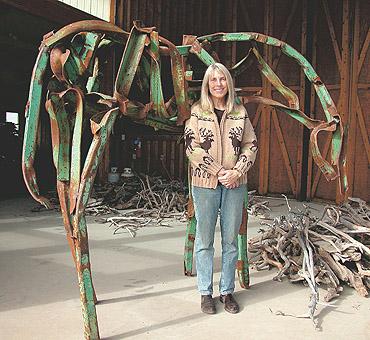
She says, “Horses are the format I’ve chosen for interpreting my thoughts.”
As a young child, horses “filled my eye as the most important thing in my life.” As she grew up and got more familiar with horses, she at first thought she wanted to become a veterinarian. A severe car accident gave her both a lasting awareness of the potential closeness of death at any minute as well as a settlement that financed her way through college and acquisition of her first horse. Soon she began making and then teaching art. Her first medium was clay. When she made the transition to horses, one of her first pieces was a pair of ceramic hooves.
As her sculpted horses sold well, she was able to build a sleek modern barn and indoor arena, where she enables a small group of people to board horses, practice dressage, and participate in occasional clinics. She also has provided opportunities to handicapped people to ride. In all these ventures she has paid close attention to horses and learned much about their ways and manners.
She is keenly aware of how horses seek to be in dialogue with us. When we sit upon their backs, we feel a sense of being carried through space, in a way that we can’t get from our own legs. The horses know our weaknesses but also our leadership skills. Deborah compares working with them to dancing with different individuals who can’t talk to you. Much has to do with body language. Rider and horse fumble around but when the right move is found, both feel a certain happiness.
In her art Deborah expands on the impressions she gets from being around horses. While her horses seem to be true to their essences, in actuality her standing horses are taller than they would be. She uses the horse’s body as an abstract rectangular canvas that she can paint with mud, sticks, steel, aluminum, or bronze.
Through her materials Deborah Butterfield has had the skill to express her transcendent thoughts and evoke deep feeling responses in us. She also wants people to feel empathy for horses. “I’m trying to get the viewer to project himself or herself into the form of the horse. I want people to actually be able to crawl into that shape and inhabit it, and to perceive in a different way.”
Jane Smiley, novelist, writes: “Deborah Butterfield, by removing the rider has created an entirely new form of equine art – [the horses] ask us to look at them for themselves, not what they do for humans.”
“All of Butterfield’s horses, even the most quietly statuesque, seem to have inner lives.”
“She sometimes represents her horses in her sculpture, not always by name, and sometimes not even in figures that resemble them, but as their personalities seem to her.”*
Butterfield on her work: “It’s what you might call an abstract expressionist way of working. You make a mark and then you respond to it…It’s like having a conversation with somebody. It’s similar with found materials that have their own stories. If you listen to them hard enough you find out things you didn’t know.”
“In a lot of ways, I feel that my work really is about the spaces in between the sticks or the metal.”*
“I always enlarge. You know how when you think of someone with great love and joy you kind of expand them? They become bigger…and that’s what happens with the horses…”**
Jane Smiley: “Butterfield’s work is a generation beyond the work of painters and sculptors of the postwar period, who chronicled the breakdown of human perception into bits and pieces and jagged fragments. In her own jagged fragments, Butterfield finds humankind’s most reliable and yet mysterious natural ally, horses. Horses are figures and the landscape, the connection between ourselves and the natural world. Her horses are, after all, about reintegration.”*
* See Deborah Butterfield published in 2003 by Harry N. Abrams. Edited by author/art consultant Robert Gordon, it contains essays by Pulitzer Prize-winning novelist Jane Smiley and poet/art critic John Yau, as well as poems by Vicki Hearne, animal trainer/ author/ philosopher. The book also features an excellent description of DB’s construction and casting process, some of which is conducted at the Walla Walla Foundry in Washington.
**Interview in Horses, The Art of Deborah Butterfield, Chronicle Books, 1992.
Article compiled by Valerie Harms, Distinctly Montana Editor & author

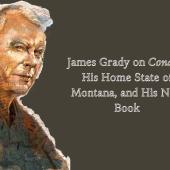
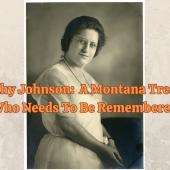


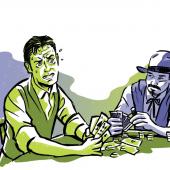
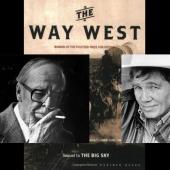





Leave a Comment Here